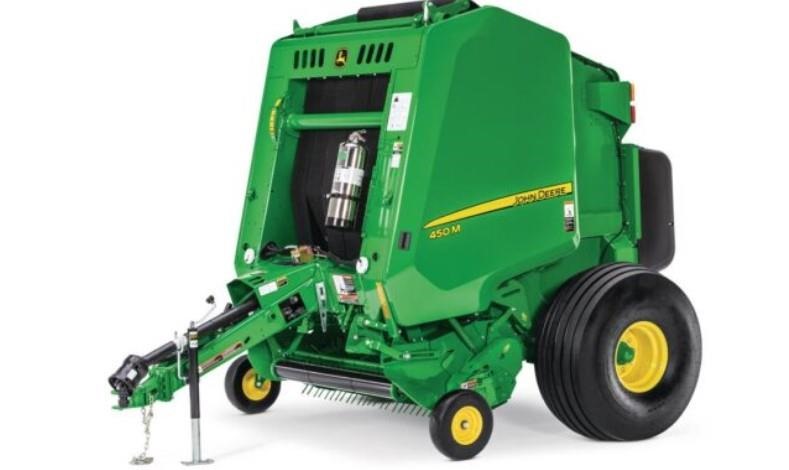One common way that cattle producers enter into the direct beef sales world is by selling a live calf to the consumer and then delivering the calf to a custom processing facility where it will be processed. As we discuss in detail in our “Where’s the Beef? Legal & Economic Considerations for Direct Beef Sales,” this approach can be attractive to producers as it allows them to avoid many of the additional requirements that come when selling beef, as opposed to selling the live animal.
For example, if Bob in Dallas wants to purchase beef from ABC Ranch located in Amarillo. If ABC Ranch wanted to sell beef by the pound to Bob, the slaughter and processing of the animal would have to occur in an inspected facility since the owner of the animal (ABC Ranch) would not be the end consumer. ABC Ranch would also need to deal with licensing, labeling, and additional insurance considerations as it would be selling beef. However, if ABC Ranch sold the live calf to Bob prior to slaughter, then custom exempt processing would be allowed because Bob is both the owner of the animal and the consumer of the beef. If Bob wanted to purchase less than a whole beef, the producer could sell the remaining percentage of the animal to another person. So long as this transaction occurs before slaughter, then the custom exempt processing option would be available.

Many cattle producers are currently selling their cattle using this custom exempt method. Anyone doing so should have a custom harvest agreement they use for each of these types of transactions. This agreement is simply a contract between the beef producer and consumer laying out the terms of the sales agreement. It need not be overly complex, but serves an important role of ensuring everyone is on the same page and protecting both parties should something go south.